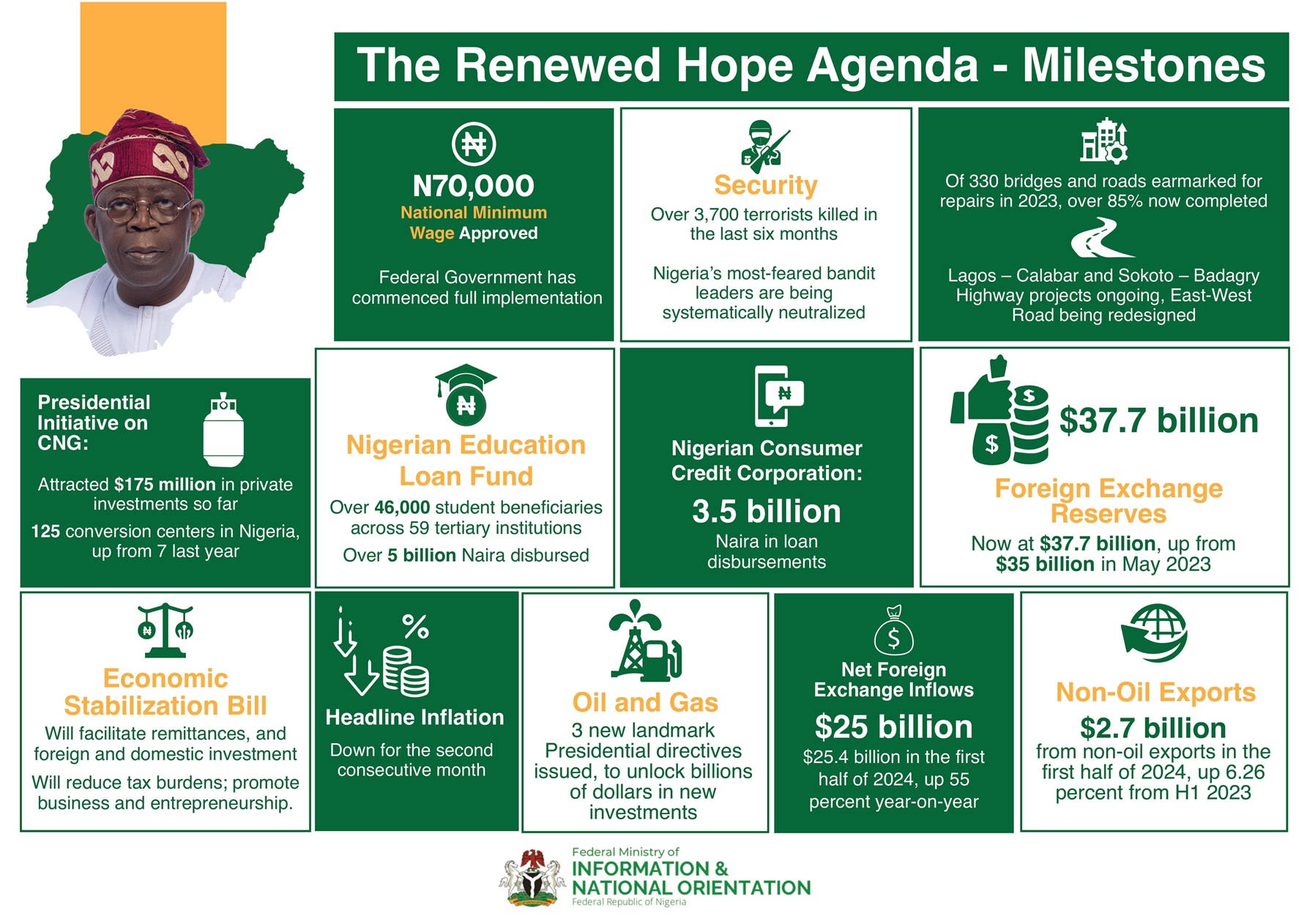Oil
rose above $30 a barrel for the first time in two months as producers in the
U.S. and elsewhere continued to cut output.
Futures in New York climbed about 5.6 percent, rallying ahead of an expiration
period that a month earlier saw prices turn negative for the first time.
The number of drilling rigs in the U.S. fell for a ninth week to levels not
seen in more than a decade, while stockpiles at a key storage hub in Cushing,
Oklahoma, shrank for the first time since late February. Saudi Aramco didn’t
give extra volumes of oil to three Asian customers who asked for it, according
to refiners.
OPEC+ kicked off cuts to remove 10 percent of global production at the
beginning of the month.
Together with a tentative recovery in demand and collapsing U.S. output, that’s
made a repeat of last month’s plunge below zero extremely unlikely before the
expiration of the West Texas Intermediate June contract on Tuesday. Mohammad
Barkindo, secretary-general of the Organization of Petroleum Exporting
Countries, said in a Bloomberg Television interview that the outlook for the
oil market in the second half of 2020 was more positive as the global economy
recovers.
Rigs back at levels before shale surge of last decade
“Momentum is currently with the bulls,” said PVM Oil Associates analyst Stephen
Brennock. “However, while supply dynamics are supportive, the demand outlook is
still clouded by downside risks.”
PRICES:
WTI for June delivery, which expires Tuesday, rose 5.6 percent to $31.07 a
barrel as of 10:30 a.m. in London
The July contract added 5.1 percent to $31.05
Brent for July settlement advanced 4.1 percent to $33.81
Crude’s rally brings with it extra headaches for refiners. Complex margins in
Asia were unprofitable at the end of last week, according to Oil Analytics
data, a reminder that any sharp rally in crude will need to be met with a
pick-up in end-user consumption too.
OPEC+ oil shipments have seen a “stunning reversal” in May, according to market
intelligence company Kpler. Exports have fallen by 6.4 million barrels a day so
far this month, it said.
One of the oil market’s most obvious signs of oversupply — millions of barrels
being stored on tankers all over the world — is showing very tentative signs of
shrinking.
There’s a risk OPEC+ compliance with production cuts could be tested as oil
prices recover and economies start to open up in the second half of the year,
said analysts at ANZ and Mizuho Research Institute.
He survived a bombing that left him badly wounded, shrugged off accusations of
arms smuggling, and defended Iran’s oil interests through war and sanctions.
Hossein Kazempour Ardebili, who died on Saturday, was one of the ultimate OPEC
negotiators.
By Bloomberg

